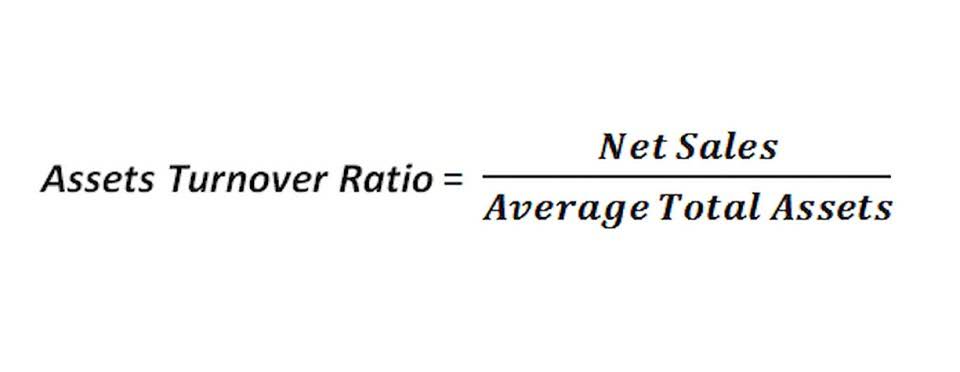
This is because it is hard, almost impossible, to estimate a specific value of bad debt expense. For example, in one accounting period, a company can experience large increases in their receivables how to write off bad debt account. Then, in the next accounting period, a lot of their customers could default on their payments (not pay them), thus making the company experience a decline in its net income.
Also, only completely worthless nonbusiness bad debts qualify for a deduction—partially worthless debts don’t count. To estimate bad debts using the allowance method, you can use the bad debt formula. The formula uses historical data from previous bad debts to calculate your percentage of bad debts based on your total credit sales in a given accounting period.
B2B Payments
While all of these are possible, the number one reason for bad debt is due to credit sales. While you may have an ill-fated loan or two, credit sales are much more likely to become worthless debt. On March 31, 2017, Corporate Finance Institute reported net credit sales of $1,000,000.
Bad debt is a contingency that must be accounted for by all businesses that extend credit to customers, as there is always a risk that payment won’t be collected. These entities can estimate how much of their receivables may become uncollectible by using either the accounts receivable (AR) aging method or the percentage of sales method. The company credits the accounts receivable account on the balance sheet and debits the bad debt expense account on the income statement. Under this form of accounting, there is no “Allowance for Doubtful Accounts” section on the balance sheet. The seller can charge the amount of an invoice to the bad debt expense account when it is certain that the invoice will not be paid. The journal entry is a debit to the bad debt expense account and a credit to the accounts receivable account.
What Type of Asset Is Bad Debt?
For instance, if you write off $5,000 in debt this year and operate on a 10 percent profit margin, you will have to sell $50,000 to make up for the bad debt. You can use this free online write-offs monitor to determine how much your bad debt is costing you. I’ll help you with writing off bad debt in QuickBooks Desktop (QBDT). Let me share additional insights about writing off bad debt in QuickBooks Desktop. In this case instead of having the allowance account adjustment be recorded against Bad Debt Expense, just record it to the most applicable Other Income account you have.
- Though the situation may feel overwhelming, taking these steps can help you manage your expenses, manage your debt and weather the storm as you get back on your feet.
- Our award-winning editors and reporters create honest and accurate content to help you make the right financial decisions.
- Companies write off or deduct business bad debts in the year they become worthless.
- The aggregate balance in the allowance for doubtful accounts after these two periods is $5,400.
- When you sell a service or product, you expect your customers to fulfill their payment, even if it is a little past the invoice deadline.
- Our guide walks you through how to write off bad debt in QuickBooks Online, including how to generate bad debt reports.
You will then need to show the IRS the debt is related to your business. Simply showing that a customer or other business ordered products or services from you and you expected payment for it should satisfy this requirement. Sometimes, no matter how hard you try to collect a debt, it eventually becomes clear the debtor is not going to pay. When this happens, you generally have the ability to write off the bad debt.
Articles
The direct write-off method does not comply with the generally accepted accounting principles (GAAP), according to the Houston Chronicle. When debts are written off, they are removed as assets from the balance sheet because the company does not expect to recover payment. To do this, click on Reports in the left-side menu and find and run the Accounts Receivable Aging Detail report. From this report, you can review your outstanding accounts and determine which should be written off.